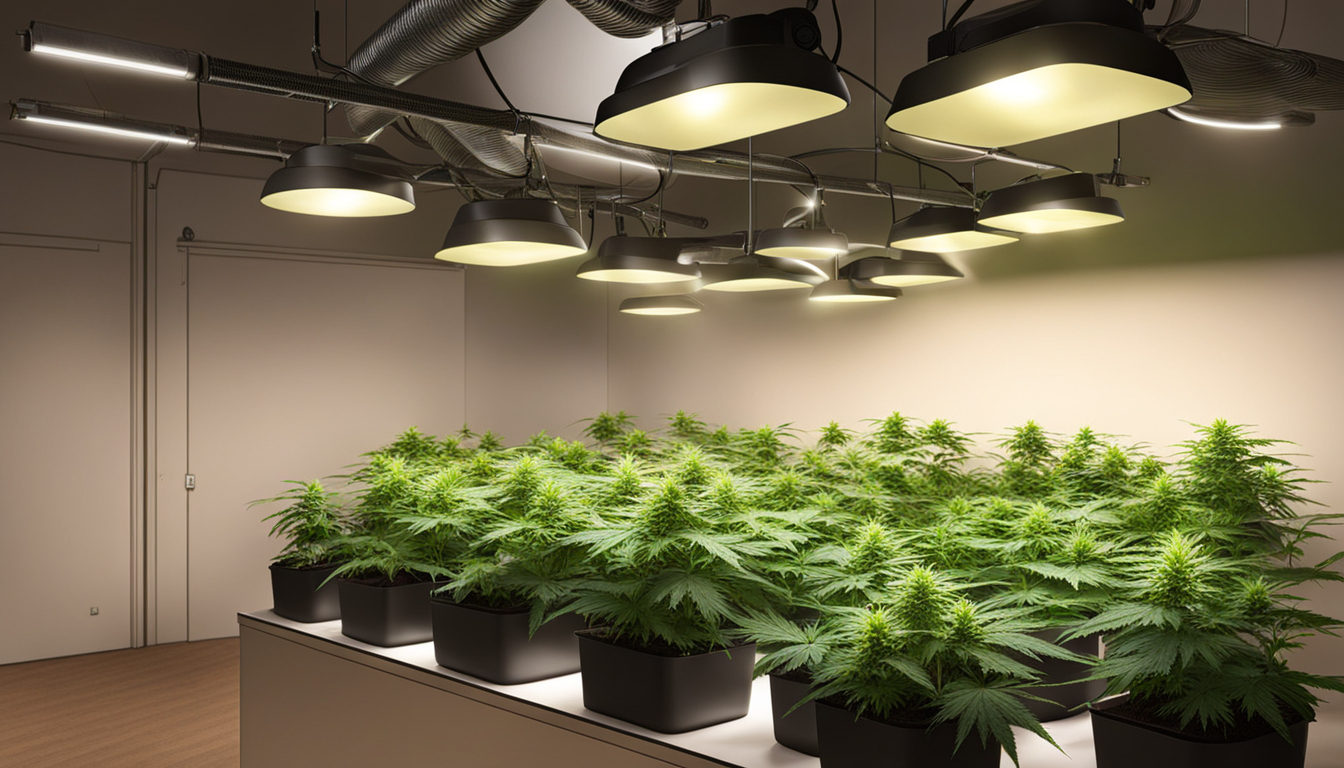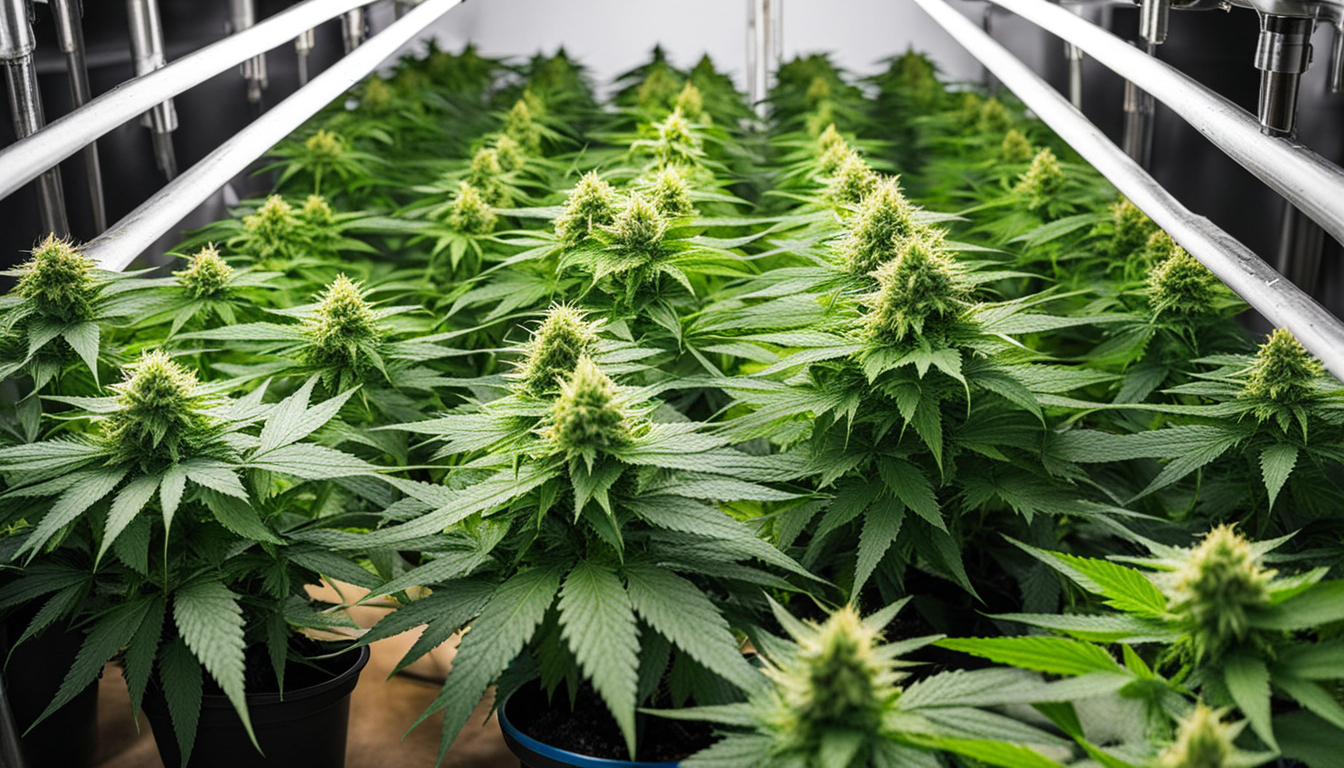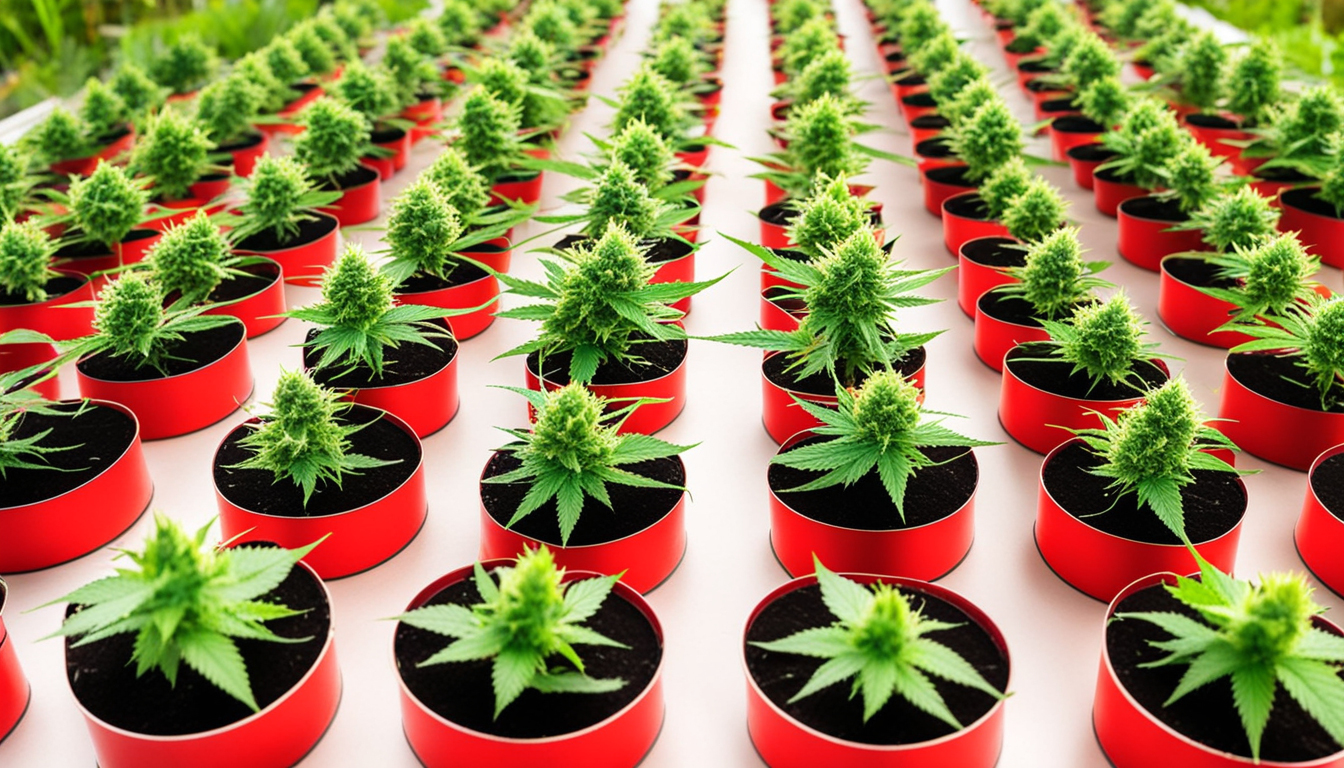
Whether you're just starting out with pot growing or looking to improve your existing harvest, following this complete guide will help you produce bountiful, high-quality yields right at home. With the right equipment, techniques, and care, cultivating pot indoors can be an extremely productive and cost-effective endeavor.
Choosing Cannabis Strains
The first step in planning your indoor crop is selecting the right marijuana cultivars to produce. The three main types of cannabis plants each have their own qualities.
Energizing strains
Known for their energizing cerebral effects, sativas grow tall and slender with narrow leaves. They thrive in hotter equatorial climates and have a longer blooming time between 2.5-3 months indoors. Top energizing varieties include Jack Herer, Durban Poison, Super Lemon Haze, and Jack Herer.
Relaxing strains
These strains provide calming body-focused effects and spread short and bushy with wide leaves. Adapted to cooler mountain climates, they flower faster within 8-9 weeks. Popular indica strains include Granddaddy Purple, Northern Lights, and Bubba Kush.
Hybrids
Hybrid strains blend traits from both sativas and indicas. They offer combined effects and have moderate flowering periods around 9-10 weeks. Popular mixes are Blue Dream, OG Kush, and Blue Dream.

Setting Up Your Grow Space
Cannabis plants need the right controlled environment to flourish. Key factors for indoor cultivations are lights, ventilation, layout, and finding the ideal discreet location.
Location
Choose an available space with direct access to water and electrical outlets. An empty extra bedroom, unused closet, corner of the basement, or cultivation tent locked away in a garage all make great stealthy cultivation room spots.
Lighting
Cannabis requires intense light for all growth stages. LEDs are efficient and come in full spectrum options mimicking real sunlight. Cover 250-400 watts per square foot for the vegetative stage and 400-600 watts per square foot for flowering.
Airflow
Proper airflow and exhaust systems maintain ideal temp, humidity, and fresh CO2 levels. Set up silent 4-6 inch blowers or scrubbers to refresh old air and reduce odors.
Layout
Optimize your space by arranging plants strategically under the lamps and leaving room to reach and work around them. Set up separate zones for vegetation, bloom, drying, and propagation.

Growing Substrates
Cannabis can be grown in different substrates, each with pros and cons. Pick a proper option for your particular setup and growing style.
Soil
The traditional medium, soil is cheap and simple for beginners. It provides excellent flavor but requires more irrigation and fertilizing to feed plants. Enrich soil with perlite or coir to improve drainage.
Coconut coir
Made from coconut husks, renewable coco coir holds water but still lets in air to the roots. It's cleaner and more consistent than soil. Use coir-specific nutrients to prevent calcium buildup.
Hydroponics
In water systems, plant roots develop directly in fertilizer irrigation solution. This allows rapid development but needs close monitoring of solution properties. Deep water culture and irrigation systems are common methods.
Sprouting Seeds
Germination activates your pot seeds to begin sprouting radicles. This readies them for planting into their growing medium.
Towel Method
Put seeds between damp paper towel and maintain them damp. Check after 2-7 days for growing radicles indicating germination is complete.
Planting directly
Plant seeds right into wetted growing medium 1⁄4 inch deep. Gently water and wait 7-14 days until seedlings push through indoor cannabis grow guide the surface.
Rockwool Cubes
Soak cubic rockwool starters in balanced water. Insert seeds 6mm deep into the cubes. Keep cubes wet until sprouts emerge within 1-14 days.
Repotting Young plants
Once germinated, cannabis seedlings need to be transplanted to avoid overcrowding. Move them into appropriately sized pots.
Ready Containers
Load large pots with growing medium amended with time-released fertilizer. Let pots to absorb water overnight before transplanting.
Gently repotting
Carefully loosen young roots from sprouting medium using a spoon. Place into prepared container at equal depth as before and gently water in.
Vegetative Stage
The vegetative stage promotes leafy growth and plant structure through 3/4 to full day of continual lighting intensity. This stage usually lasts 1-2 months.
Using 18-24 Hours of Lighting
Use lamps on a 24 hour cycle or natural sunlight to trigger constant growth. Lamp output influences height and node distance.
Nutrients
Use vegetative stage nutrients higher in nitrogen. Make sure pH stays around 6.5 for proper nutrient absorption. Feed 25-50% strength after 2 weeks and strengthen slowly.
LST and topping
Fimming, LST, and trellising direct shoot patterns for even canopies. This increases yields.

Flowering Stage
The flowering stage develops buds as plants show their sex under a 12 hour cycle schedule. It lasts growing weed guide 8-12 weeks depending on variety.
Switching to 12/12
Change grow lights to 12 hours on, 12 hours off or place outside for natural 12/12 timing. This triggers plants to begin flowering.
Stop Fertilizing
Leaching flushes out nutrient salts to improve flavor. Feed weakly the first weeks then just use plain water the last 2 weeks.
Flushing
Maintain 12/12 light timing but flush using neutral pH water only. Return to plain watering if buds aren't ripe after two weeks.
Harvesting
Knowing when pot is completely mature ensures maximum potency and aroma. Harvest plants at peak ripeness.
Identifying Ripeness
Look for fading pistils, swelling calyxes, and 5-15% amber trichomes. Inspect buds around the Request More Info plant as they don't all mature evenly.
Harvesting plants
Use clean, sharp pruning shears to gently slice each plant at the base. Leave 5-10cm of stalk attached.
Drying
Suspend intact plants or branches inverted in a dark room with moderate temperature and humidity around 50-60% for 1-2 weeks.
Aging
Curing keeps desiccating while aging the buds like aged spirits. This process mellows bitterness and further develops terpene and terpene profiles.
Curing containers
Manicure dried buds from branches and store into glass jars, packing about 3⁄4 full. Use a sensor to measure container humidity.
Opening jars daily
Open jars for a short time daily to gradually lower moisture. Remoisten buds if RH drops below 55%.
Long term storage
After 14-21 days when humidity levels off around 55-65%, do a final manicure and store forever in sealed jars.
Troubleshooting
Even experienced cultivators run into various marijuana plant problems. Identify problems early and fix them properly to keep a healthy garden.
Poor feeding
Yellowing leaves often signify insufficient nitrogen. Anthocyanins and leaves show low phosphorus. Check pH and increase fertilizers gradually.
Bugs
Spider mites, fungus gnats, mites, and root aphids are frequent cannabis pests. Use organic sprays, predator bugs, and sticky traps for organic control.
Mold
Excessive humidity promotes powdery mildew and root rot. Improve airflow and venting while lowering RH under 50% during flowering.

Summary
With this complete indoor pot cultivation guide, you now have the knowledge to grow bountiful strong buds for personal harvests. Follow these techniques and methods during the seed starting, growth, and bloom stages. Spend in quality equipment and carefully check on your plants. In time, you'll be compensated with sticky aromatic buds you grew yourself under the patient guidance of your green hands. Good luck cultivating!